Ever heard of the Danger Zone? No, not the Top Gun anthem, even though that is a great song. We are talking about the real kitchen threat that gives bacteria a free pass to party on your food. And nobody wants that! So, let's learn the food temperature safety zones.
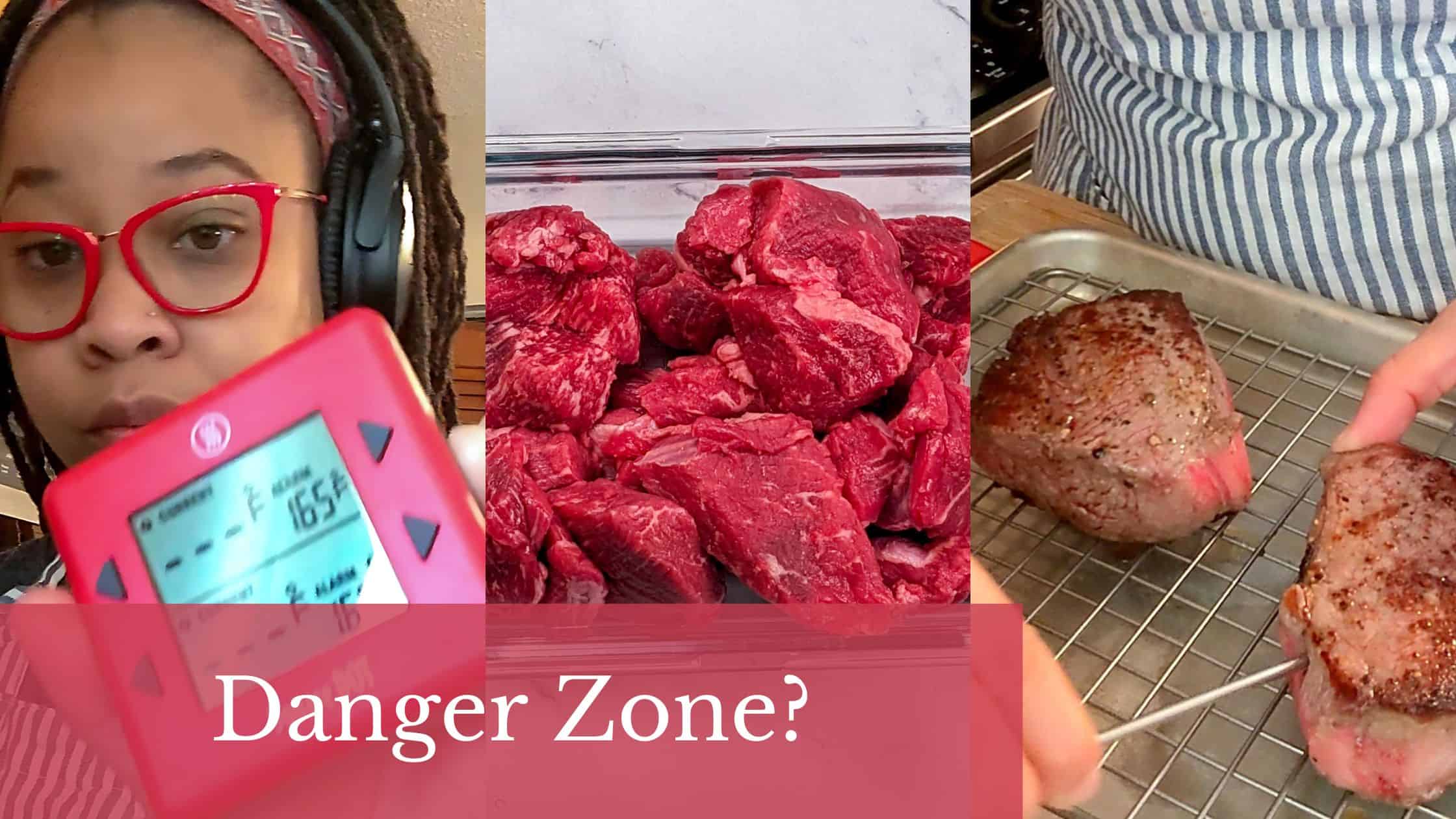
Table of Contents
Jump to:
- Welcome to the Danger Zone
- It's a Foundation
- What Are Food Temperature Safety Zones?
- Safe Cooking Temperatures (Internal Temp Guide)
- Keeping Food Hot or Cold Safely
- Storing Food Safely
- Reheating Guidelines
- Tools That Help You Stay in the Safe Zone
- Common Mistakes to Avoid
- Free Downloadable Reference
- Frequently Asked Questions
- Food Safety Tips
- Explore Recipes
- Subscribe to the YouTube Channel
- Have a Comment or Question?
Welcome to the Danger Zone
Ever heard of the Danger Zone? No, not the Top Gun anthem, the real kitchen threat that gives bacteria a free pass to party on your food. Most people don't realize how quickly harmful bacteria can multiply when food hangs out at the wrong temperature.
From storing leftovers, prepping lunch, or hosting a cookout, knowing the right food temperature zones isn't just helpful; it's essential for keeping your meals safe and your loved ones healthy.
It's a Foundation
I felt the need to write this blog post because, in all my years of cooking and teaching others, I've seen how many people don't know how or why we manage food temperatures. It's one of those foundational things that often gets overlooked in favor of faster tips or flashier recipes.
However, these practices do more than just prevent foodborne illness; they actually help your food last longer, reduce waste, and make you a more confident home cook. It's not just about throwing together a quick meal; it's about learning the basics that every kitchen should know.
In this guide, we'll break down the science of food temperature safety in simple terms, so you can cook, store, and serve with confidence. From what internal temps kill bacteria to how to keep that potato salad safe at your next barbecue, you'll learn the practical tips every home cook should know.
What Are Food Temperature Safety Zones?
Food temperature safety zones are the specific ranges where food is either safe or at risk of bacterial growth.
The most important concept to understand is the "Danger Zone": a temperature range between 40°F and 140°F (4°C and 60°C) where bacteria like Salmonella, E. coli, and Listeria (foodsafety.gov) can multiply rapidly, sometimes doubling in as little as 20 minutes!

In just 20 minutes? That's just unbelievable!
Here's a breakdown of the zones:
- Cold Zone (Safe for Storage): Keep cold foods at 40°F (4°C) or below to slow down bacterial growth. This includes your fridge, deli meats, dairy, and leftovers.
- Danger Zone (Unsafe Zone): Anything between 40°F and 140°F (4°C to 60°C) is considered unsafe for extended periods. This is where bacteria thrive. That means food left out at room temperature-even just a couple of hours-could become unsafe to eat.
- Hot Zone (Safe for Serving): Keep hot foods at 140°F (60°C) or above. This prevents bacteria from growing and keeps your food safe during serving (especially at parties or on a buffet line).

Understanding these zones is the first step to practicing safer food handling at home. If you're ever unsure, grab a food thermometer; it's one of the most underrated tools in any kitchen.
Safe Cooking Temperatures (Internal Temp Guide)
Cooking food to the correct internal temperature is one of the most effective ways to kill harmful bacteria and ensure your meals are safe to eat. But here's the thing, color and texture aren't reliable indicators. That golden brown chicken might still be raw inside. The only way to know for sure? Use a food thermometer.
Below is a quick-reference guide to safe internal cooking temperatures based on USDA recommendations:
| Food Type | Minimum Internal Temp | Notes |
|---|---|---|
| Poultry (whole or ground) | 165°F (74°C) | Burgers, meatballs, and meatloaf |
| Ground Meats (beef, pork) | 160°F (71°C) | Burgers, meatballs, meatloaf |
| Beef, Pork, Lamb (steaks, chops, roasts) | 145°F (63°C) + 3-minute rest | Allows juices to redistribute for safe eating |
| Fish and Shellfish | 145°F (63°C) | Should be opaque and flake easily with a fork |
| Egg Dishes | 160°F (71°C) | Think quiches, casseroles |
| Leftovers and Casseroles | 165°F (74°C) | Includes chicken, turkey, and duck |

Chef Tip: Insert the thermometer into the thickest part of the meat without touching bone or pan to get an accurate reading.
Keeping this chart handy while cooking can make the difference between a safe meal and a risky one. You can also download our printable Safe Temperature Chart at the end of this post to keep on your fridge or meal prep station.
Keeping Food Hot or Cold Safely
Once food is cooked, the job isn't done. If you're not eating it right away, it's critical to keep it out of the danger zone to avoid bacterial growth. That means keeping hot foods hot and cold foods cold, especially when serving family-style, meal prepping, or entertaining.

So remember: Keep hot food hot and cold food cold. When writing this, I had a flashback because a popular commercial phrase is "Hot Foods on Hot Plates & Cold Foods on Cold Plates".
Hot Foods: Keep at 140°F (60°C) or Above
Hot foods need to be held at 140°F or higher if they're going to be out for more than two hours.
How to keep hot foods safe:
- Use a slow cooker or warming tray on low heat.
- Keep food covered to retain heat.
- Stir occasionally to maintain an even temperature.
- Don't let hot food sit on the counter-if you're done eating, pack it up.
Cold Foods: Keep at 40°F (4°C) or Below
Cold foods, especially dairy, cooked pasta, deli meat, salads, and desserts, should be kept at fridge temperatures or lower.
How to keep cold foods safe:
- Nest serving bowls are larger bowls filled with ice for picnics and buffets.
- Store items in the back of the fridge-not the door, where temps fluctuate.
- For to-go meals, use insulated lunch bags with freezer packs.
- Never thaw food at room temperature; use the fridge or cold water method instead.

Chef tip: Use a fridge thermometer to check if your refrigerator is actually holding temps at or below 40°F. Many home fridges run warmer than we think.
Storing Food Safely
How you store your food after cooking is just as important as how you cook it. Poor storage practices are one of the easiest ways for food to spoil faster or become unsafe to eat. By understanding time and temperature rules, you can stretch the life of your meals and protect your health at the same time.
The 2-Hour Rule
Cooked food should not sit at room temperature for more than 2 hours. If it's a hot day, above 90°F, limit that to 1 hour. After that, bacteria can multiply rapidly, especially in dishes with meat, dairy, or cooked vegetables.
How to Cool Food Safely
To store food safely in the fridge or freezer, you need to cool it down quickly.
- Use shallow containers to spread food out and allow heat to escape.
- Stir soups or stews occasionally while cooling to release steam.
- Leave the container lids slightly open until the food reaches fridge temp.
- Don't stack multiple hot containers-they insulate each other and stay warm too long.
Fridge and Freezer Temps
- Refrigerator: 40°F (4°C) or lower
- Freezer: 0°F (-18°C) or lower
Keep a thermometer in both your fridge and freezer to monitor actual temperatures, not just what the dial says.
Labeling and Leftovers
- When in doubt, throw it out; it's better to waste food than risk getting sick.
- Label containers with the date so you know when it was made.
- Most leftovers should be eaten within 3 to 4 days.
Reheating Guidelines
Reheating isn't just about warming up your food-it's about bringing it back to a safe temperature to kill any bacteria that may have grown during storage. Skipping this step or doing it halfway is one of the most common mistakes that can lead to foodborne illness.
Reheat to 165°F (74°C)
All leftovers, soups, casseroles, and previously cooked dishes should be reheated to 165°F (74°C). Use a food thermometer to check the internal temperature in the thickest part of the food.
Microwave Reheating Tips
Microwaves heat unevenly, so reheating can be tricky.
- Cover food loosely with a microwave-safe lid or a damp paper towel to trap steam.
- Stir halfway through to distribute heat evenly.
- Let it rest for a minute or two to allow carryover heat to finish the job.
- Use a thermometer after resting to ensure it hits 165°F throughout.
Stovetop and Oven Reheating Tips
- Reheat sauces, soups, and stews on medium heat, stirring often.
- For solid foods like meats and casseroles, use the oven at 350°F until the center reaches 165°F.
- Don't rely on how hot the surface feels-use a thermometer to check the middle.
If food has been reheated once already, try not to reheat it again. The quality goes down, and each reheating cycle increases the risk of unsafe temps or contamination.
Recommended Reads
- How to Prevent Cross-Contamination in Your Kitchen
- Steak Grilling Times Chart: Perfect Temp and Cook Times
- Kitchen Safety Tips for Families: A Guide for Cooking Together
- How to Have Your Child Help in the Kitchen (By Age)
- Must-Have Kitchen Tools for Kids: 5 Essentials
Tools That Help You Stay in the Safe Zone
Even the best cooks can't rely on sight, smell, or guesswork when it comes to food safety. Having the right tools on hand not only gives you confidence in the kitchen, but it also helps you prevent waste and protect your health.
1. Food Thermometer
The most essential tool for safe cooking. Whether it's an instant-read digital thermometer or a wireless probe, this tool tells you when food has reached its safe internal temperature. Use it for meats, casseroles, leftovers, and even reheating.

Recommendation: Instant-read thermometers like the ThermoWorks Thermapen give fast, accurate readings.
America's Test Kitchen - Winner
My Review: The Thermapen ONE by ThermoWorks is my go-to kitchen thermometer - simple, fast, and incredibly precise. It delivers accurate readings in just one second, making it perfect for everything from meats to baked goods. I love that it's waterproof, has a rotating backlit display, and turns on automatically when you unfold the probe. It's been voted the top thermometer by America's Test Kitchen. It comes with a 5-year warranty and a NIST-traceable calibration certificate, ensuring its reliability—a must-have tool for any cook.
2. Refrigerator and Freezer Thermometers
Fridge dials lie, especially if the appliance is old or overstuffed. A thermometer inside helps you monitor the actual temperature so you know your cold foods are staying below 40°F and frozen items below 0°F. Visit ThermoWorks and check out their SPOT™ - The Fridge & Everywhere Thermometer.
3. Slow Cookers and Warming Trays with Temperature Control
These are ideal for holding foods at safe temps when serving meals buffet-style or for meal prep. Just be sure they can keep food at 140°F or above.
4. Insulated Food Carriers and Cooler Bags
Perfect for transporting hot or cold dishes to potlucks, picnics, or events. Add ice packs for cold foods or wrap hot dishes in towels for insulation.

My brother was kind enough to get me the famous Trader Joe's Reusable Insulated Bag. I recently used it for a beach party, and it worked great, especially the size. But these go quickly and can't give you a direct link, so you'll have to search their site or elsewhere for them.
However, I did some research and found these three options, which all depend on your taste.
- Bodaon Insulated Food Delivery Bag: It's not "pretty," but it serves a good purpose: to keep your food hot or cold (or both). It comes in numerous sizes.
- Luncia's Insulated Casserole Carrier: I love the look of these; they come in many beautiful patterns and in two sizes, and at a great price.
5. Shallow, Airtight Storage Containers
These help hot food cool faster in the fridge, prevent spills, and reduce the risk of contamination. Stick to glass or BPA-free plastic, and label them with the date before storing.
Having these tools at your fingertips makes it easier to stick to food safety practices without second-guessing yourself and keeps your kitchen running smoothly.
My Review: I absolutely love this simple and beautiful Pyrex Easy Grab Glass Baking Dish Set. The transparent design makes it easy to monitor your food, and it looks great going from oven to table. I always reach for Pyrex when I can because it’s a brand I trust and have used for years. The snug-fit, BPA-free lids are ideal for storing leftovers, and the dishes themselves are safe for use in the microwave, freezer, dishwasher, and even a preheated oven. The only reason this set earns 4 stars from me is that the lids aren’t truly dishwasher safe; despite what the label may say, they tend to warp from the heat, so I recommend hand-washing them to maintain their shape. Additionally, I use these dishes frequently, and you can often see them featured in my blog posts.
Common Mistakes to Avoid
Even with the best intentions, it's easy to make small food safety missteps that can lead to spoiled food-or worse, foodborne illness. Here are some of the most common mistakes people make with food temperatures, and how to avoid them.
Guessing Instead of Measuring
Thinking your chicken is "done" because it looks golden brown or your stew is "hot enough" based on steam? Don't rely on looks-always check with a food thermometer.
Letting Food Cool on the Counter
Leaving hot food out until it "feels cool enough" to refrigerate can keep it in the danger zone for too long. Instead, portion food into shallow containers and cool it quickly in the fridge.
Stacking Hot Containers in the Fridge
Stacked hot containers insulate each other and trap heat. Space them out to allow proper air circulation and quicker cooling.
Reheating Food Multiple Times
Each time you cool and reheat food, you give bacteria another chance to grow. Only reheat what you'll eat, and try not to reheat the same dish more than once.
Forgetting the 2-Hour Rule
It's easy to get distracted after a meal, but cooked food left at room temperature for over 2 hours (or 1 hour in hot weather) is no longer safe to eat. Store leftovers promptly.
Learning from these common missteps can go a long way toward building safer, more confident kitchen habits.
Free Downloadable Reference
Safe Cooking Temperature Chart
Want a quick and easy way to remember all of this? I've created a free printable Safe Cooking Temperature Chart you can stick on your fridge, meal prep station, or inside your kitchen cabinet door. It includes:
- Safe internal temperatures for meats, poultry, fish, and leftovers
- Danger zone reminders
- Quick tips for cooling and reheating food
- A bonus 2-Hour Rule reminder for leftovers and party foods
This chart is perfect for busy home cooks, beginner chefs, or anyone looking to reduce food waste and cook with more confidence. Because when you're juggling dinner, groceries, and family life, it helps to have the facts front and center, literally!

And if you find these food temperature safety zones helpful, share them with a friend or pin them for later!
Frequently Asked Questions
Here, you will find a list of common questions that I have answered. If you have questions, please write them in the comment section below.
The danger zone is the temperature range between 40°F and 140°F (4°C to 60°C), where bacteria can grow rapidly. Food left in this range for over 2 hours may become unsafe to eat.
The safest way to check is with a food thermometer. Each type of food has a minimum internal temperature, like 165°F for poultry or 145°F for fish and whole cuts of meat.
Leftovers should be refrigerated within 2 hours of cooking, or within 1 hour if the room temperature is above 90°F. After that, bacteria may grow to unsafe levels.
It's safest to reheat leftovers only once. Each cycle of cooling and reheating increases the chance for bacteria to grow and can reduce food quality.
Yes. A food thermometer is an affordable and reliable way to ensure food reaches the right internal temperature, reducing the risk of foodborne illness and undercooked meals.
Food Safety Tips
- What is Salmonella? For Home Cooks | Causes and Tips
- How to Marinate Chicken: Tips, Quick Methods & Flavorful Shortcuts
- Listeria and Frozen Dinners: Why Food Safety Matters
- Smart Storage and Kitchen Safety Tools I Can't Live Without
Explore Recipes
- Fresh Berry Apple Pecan Chicken Salad with Goat Cheese
- Braised Chicken | Mexican-Style with Roasted Tomato Sauce
- Easy Air Fryer Chicken Nachos Recipe | Ready in 10 Minutes
- Protein-Packed Loaded Vegetarian Nachos Recipe
Subscribe to the YouTube Channel
SUBSCRIBE: 👈To my YouTube Channel to Get Notifications of New Videos.


Chef Maika Frederic
Chef and Educator
Haitian-American chef and educator Maika Frederic blends bold flavors with approachable recipes. With a background in both professional kitchens, classrooms, and children therapy as a trained chef, former teacher and technician she brings a thoughtful, inclusive touch to every dish. Through her platform, Just Maika Cooking, she shares diverse meals and practical tips to empower home cooks of all ages and levels.
Have a Comment or Question?
If you have a question or comment about this Food temperature safety zones post, please post it below. You will definitely get a quick response. It also helps our other readers to stay informed. Thanks!


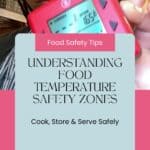
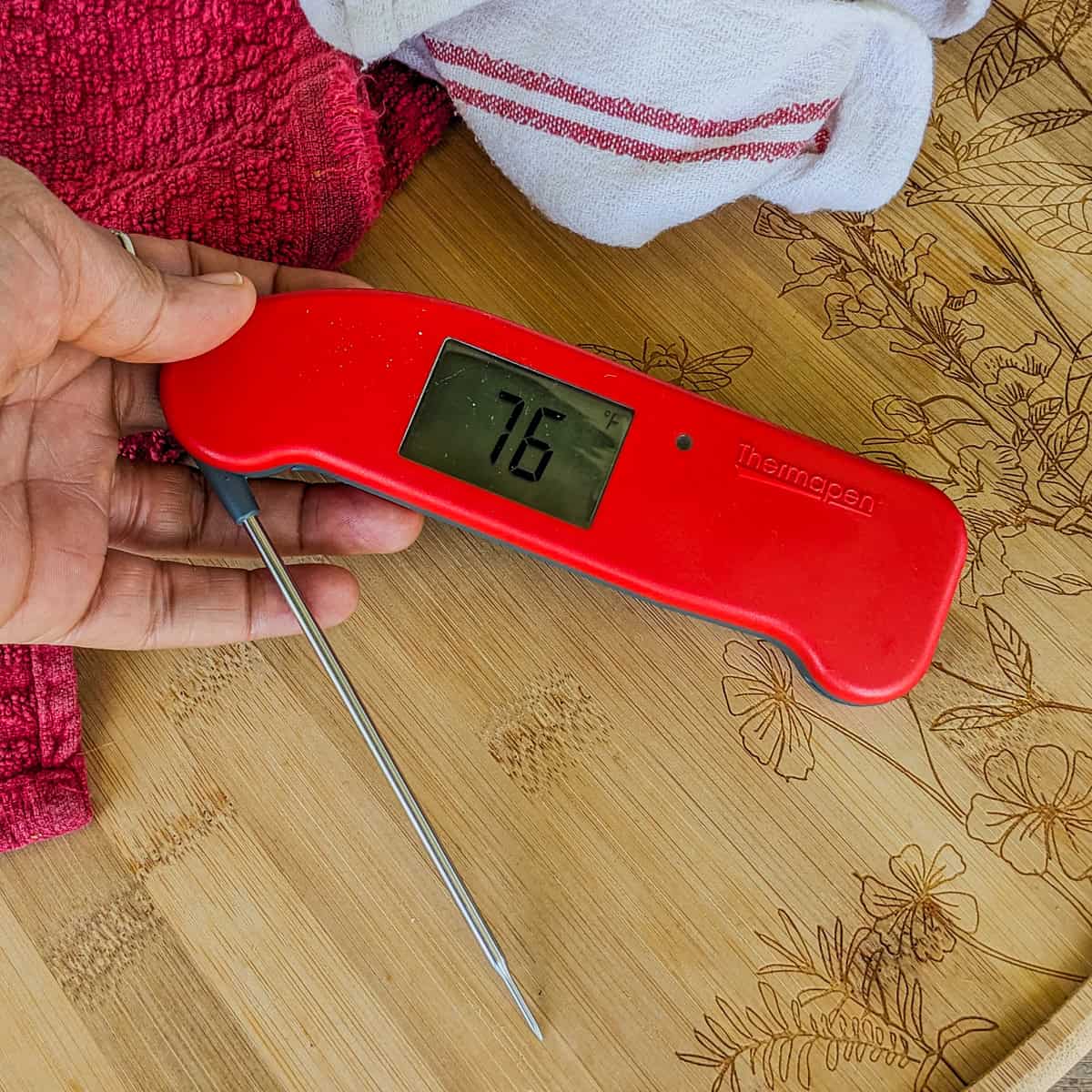
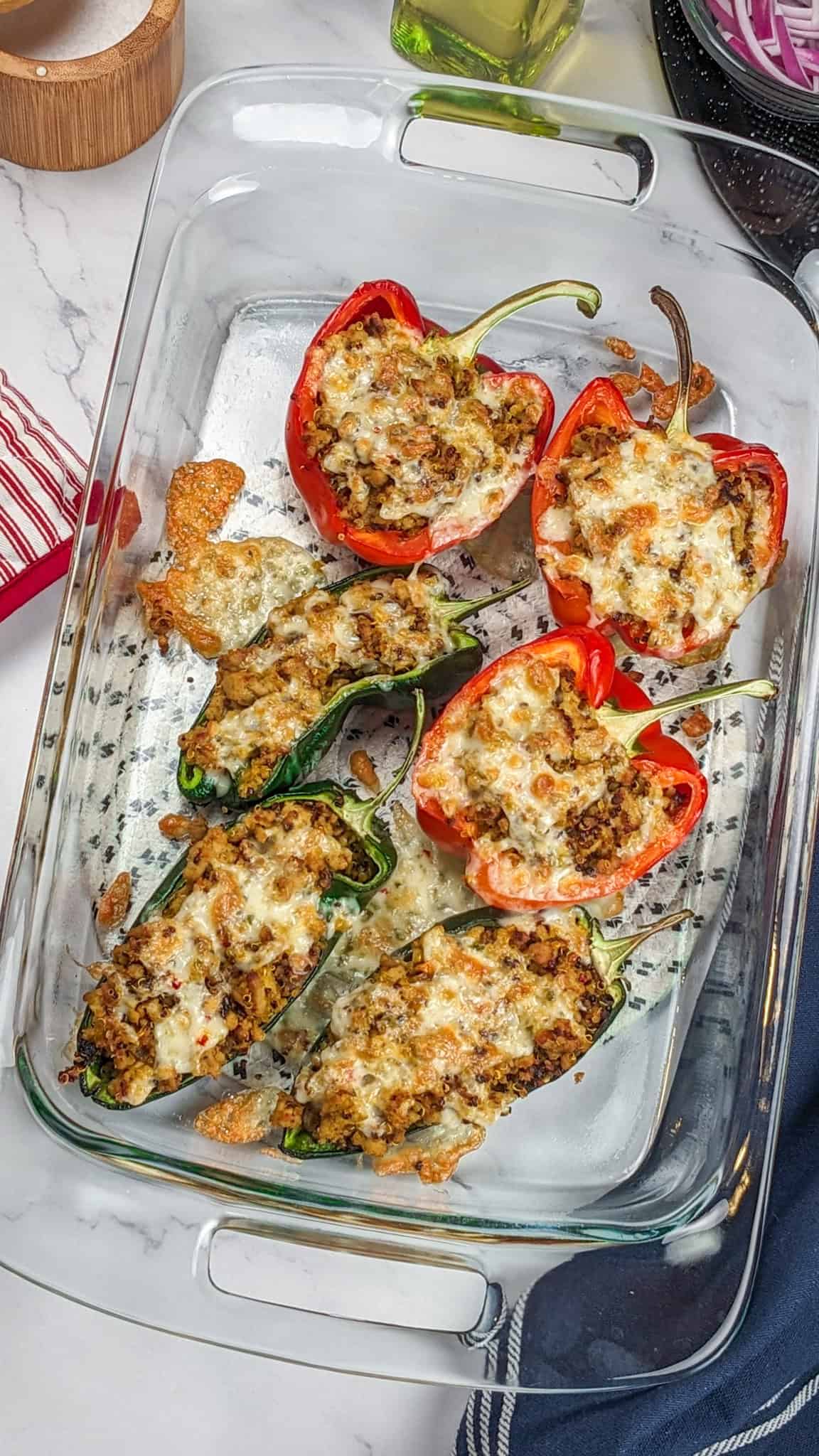
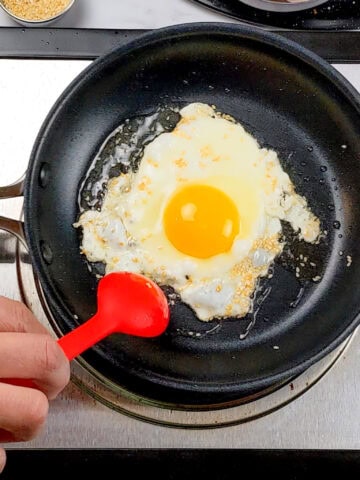
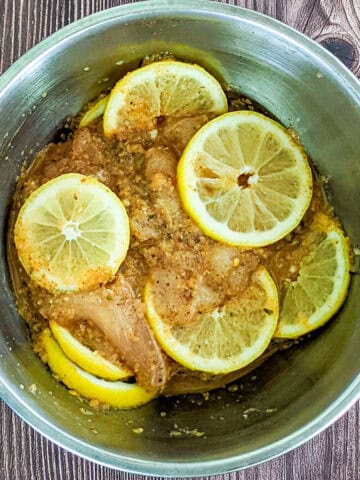
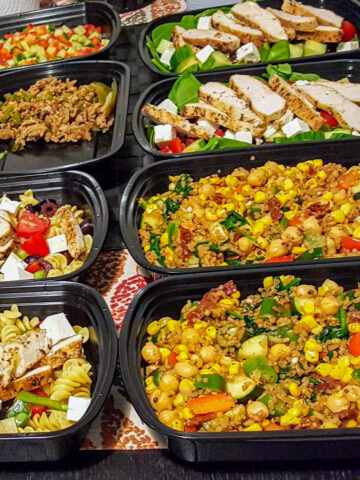
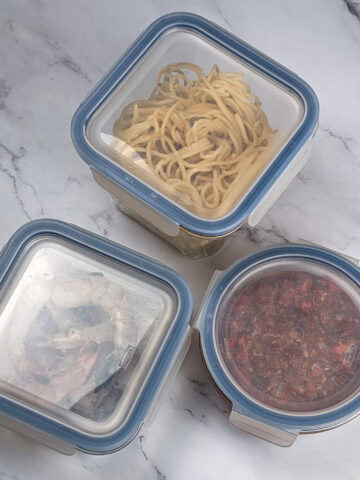
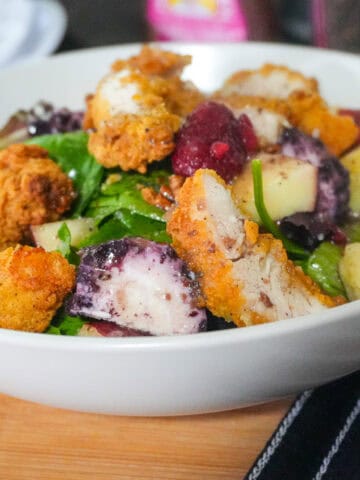
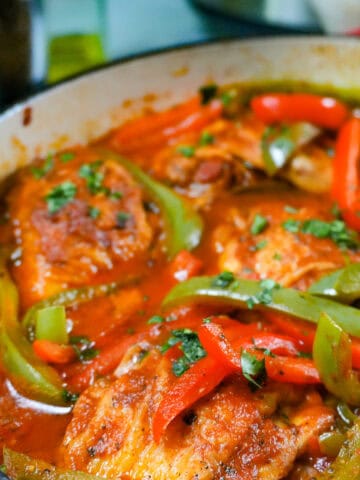
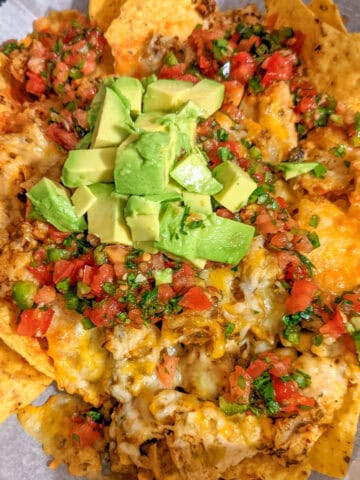
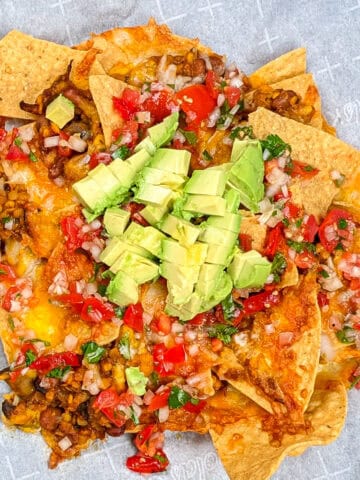
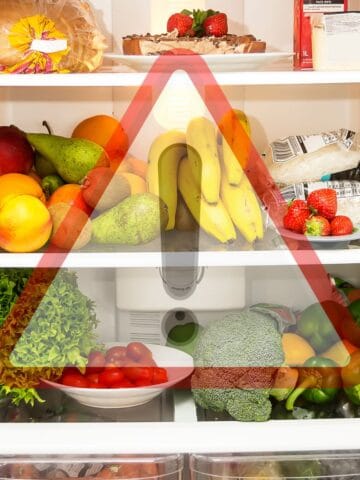
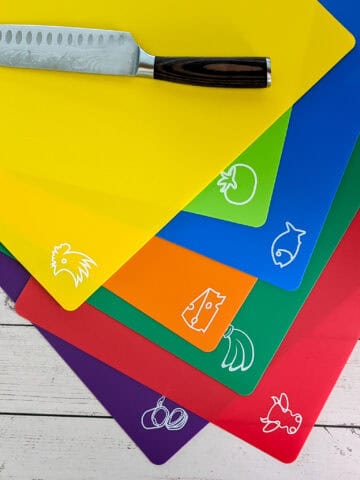
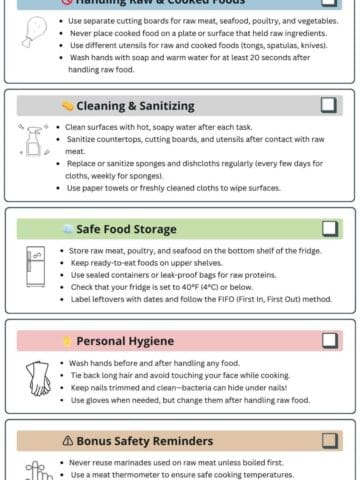
Leave a Reply